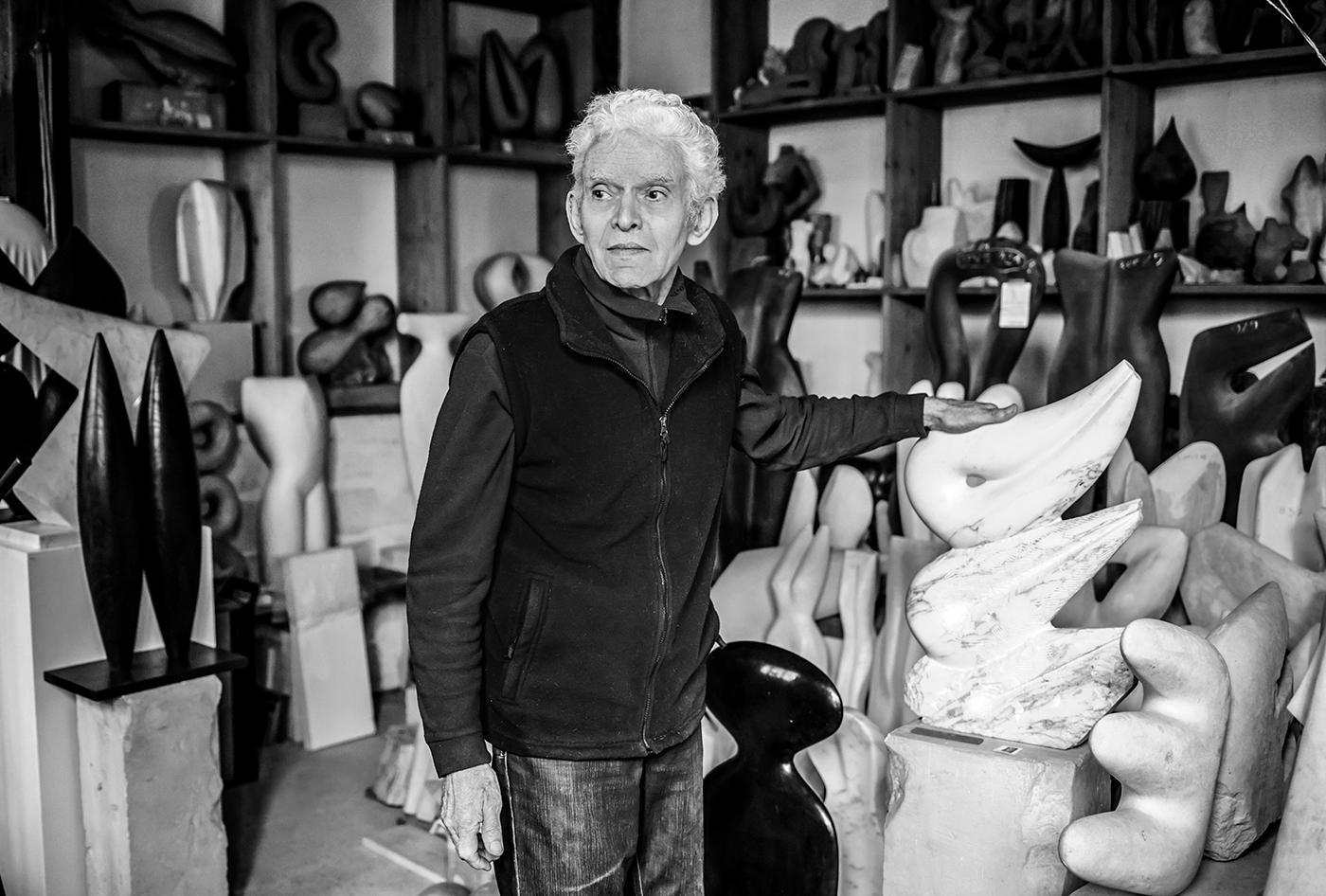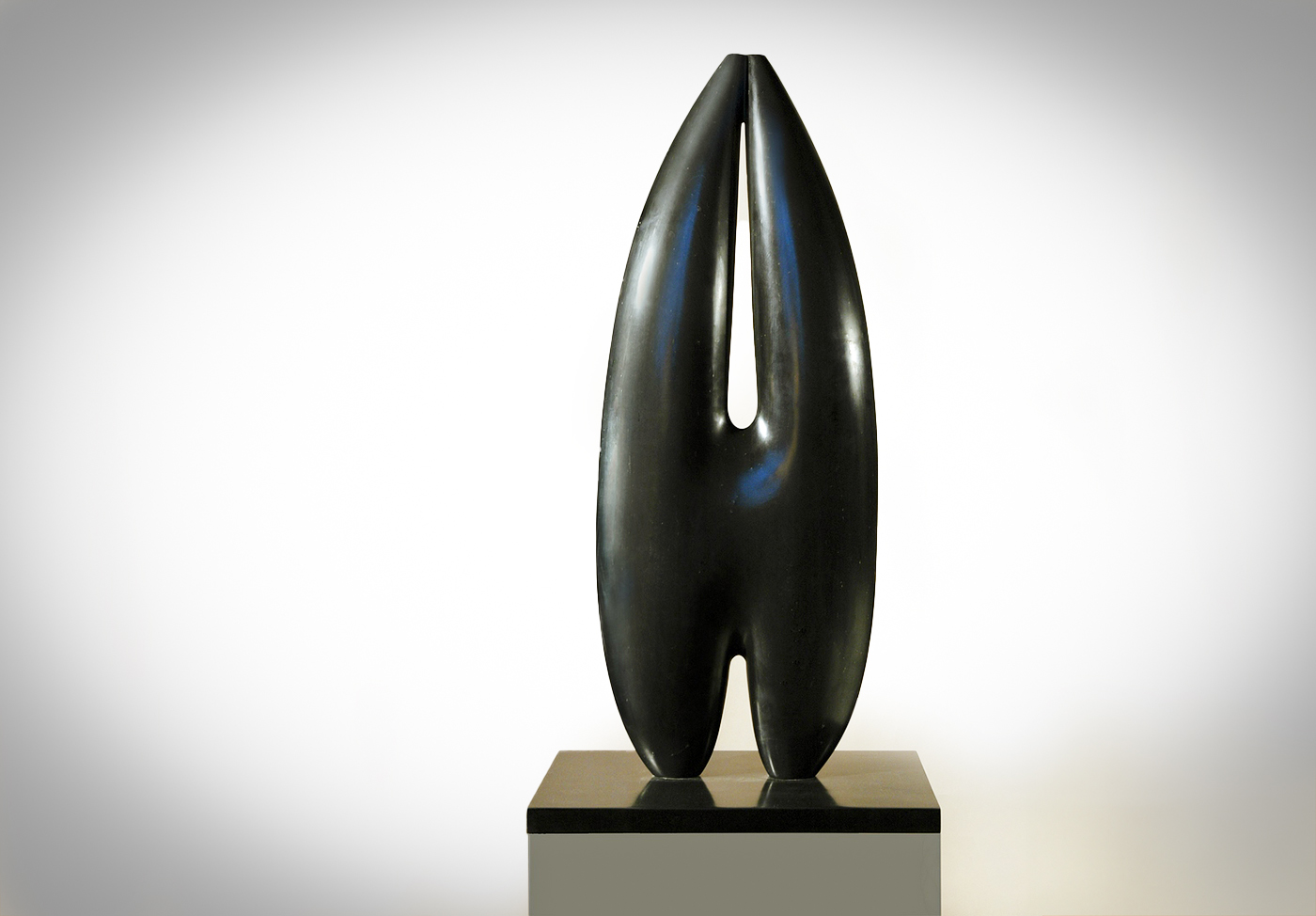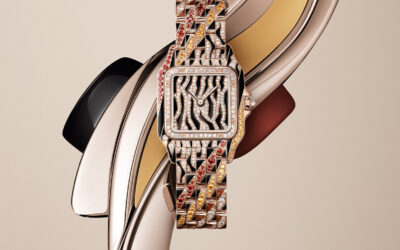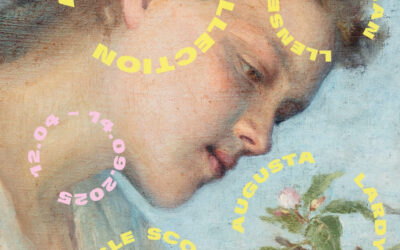By Alexandra I. Mas
Born into a distinguished Russian family near the Black Sea, Mircea Milcovitch pursued his art studies in Bucharest. His path was shaped by the constraints of communism, where ideology and creativity were in constant conflict. While designing film sets to make a living, his spirit longed for freedom. He found it in the remote village of Poiana Marului, nestled in the Carpathian foothills, where a group of rebellious young artists rejected the imposed realism of the regime. Here, they carved out a space for expression, a haven of defiance, eventually becoming a well-known leading collective.
Exile became his destiny. In 1968, Milcovitch arrived in Paris for an exhibition and chose not to return. The city became his home, and soon after, France his adopted nation. He set up a modest atelier on Rue du Montparnasse, where his art evolved. Sculpture emerged as his new language – marked by symmetry, purity, and profound spiritual resonance. He began working with black schist, a hard material that became his focus. Carrara soon became a natural progression; the revered beauty of white marble, idolized by sculptors for centuries, perfectly aligned with his semiotic exploration. You can admire two of his angelic sculptures in the Church of Saint-Germain-des-Prés.
From Paris to Brussels, Caracas to Aarhus, his work spanned continents. Collaborating with galleries like La Tortue and La Pochade, he exhibited across Europe and the U.S., leaving his mark on the international art scene. His “wearable sculptures” merged art and craft into jewellery, earning recognition at the Salon des Métiers d’Art in 1981. His work remained a testament to resilience, beauty, and a soul always reaching for something beyond the confines of his time.

Milcovitch’s works grace numerous private collections both in France and abroad, as well as several esteemed official collections. The Bibliothèque Nationale holds a significant archive of his prints, while the French government has acquired several of his sculptures. His art has also found a home in the collections of the City of Paris, the Hauts-de-Seine Prefecture, the Museum of Grenoble, the Museum of Dreux, and the Museum of Romanian Exile in Craiova.
In 1977, Milcovitch was honored with the prestigious Fénéon Prize by the Academy of Paris (Sorbonne) for his sculptural achievements, followed by the Val de Marne Arts and Crafts Prize in 1986. His monumental sculptures adorn schools in Meaux and Melun, and even extend to the intricate design of door handles for the Ministry of Culture on Rue Saint-Dominique in Paris. In 1975, he designed a poster for the Ministry of Quality of Life, and later sculpted two elegant Carrara marble pieces for the entrance hall of the South Korean Embassy to the European Communities in Brussels.
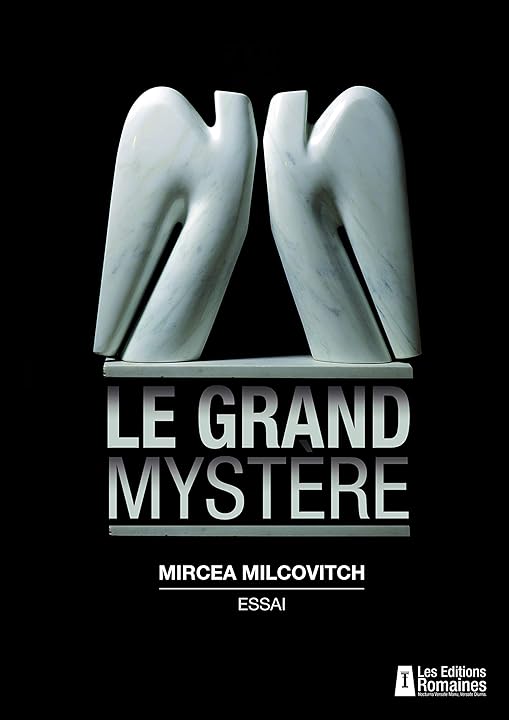
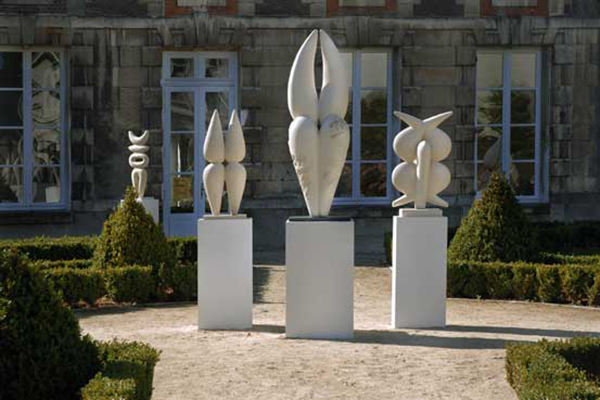
In 1991, the City of Versailles commissioned a monumental sculpture for its Contemporary Art Space and celebrated his career with a grand retrospective, “Milcovitch – 20 Years of Sculpture.”
Beyond sculpture, Milcovitch is a thinker and writer. His published works include From Universal Symbols to Christian Spirituality (Éditions Retz, Paris, 1991), The Spiritual Struggle in the 20th Century in Hybris (Éditions L’Age d’Homme, Paris-Lausanne, 2002), Journal of Exile (Éditions Amalthée, 2012), and The Great Mystery, an exploration of biblical anthropology (Éditions Romaines, 2013). His artistic and intellectual journey was honored in a televised feature on France 2 (Orthodoxie) on February 28, 2016. Milcovitch is also a proud member of the Société des Gens de Lettres.
Symbolism, hermeticism, alchemy, and mystical allegories profoundly shaped his artistic vocabulary. Each of these elements offered a lens through which he could explore the depths of existence, inviting viewers to engage with layers of meaning that lay beneath the surface.
In his relentless pursuit of the “pure form,” he sought answers that transcended the superficial simplifications often prevalent in contemporary art. He is not content with merely decorative elements devoid of significance; he aims to uncover a deeper essence that resonats with the viewer’s spirit. This quest led him to distill complex ideas into their most fundamental shapes and lines, fostering an artistic expression that communicated a sense of clarity and purpose.
His graphic stylizations gradually evolved into a disciplined synthesis marked by a delicate balance of tension and restraint. Each piece became a harmonious interplay between form and meaning, reflecting a rigorous process of refinement and introspection. This evolution was deeply influenced by the geometric heritage of the artisans from the Carpathians, whose anonymous works possessed an innate understanding of structure and proportion. By drawing from this rich cultural lineage, Milcovitch infuses his art with a sense of timelessness, bridging the past with contemporary practice and inviting viewers to experience the profound beauty that arises from simplicity and precision. sparking a dialogue about the essence of art itself.
find the books by Mircea Milcovitch here
This is an article form the print issue no VI
